4 new ways I style with rattan for an elegantly comfortable, layered look
Mixing and matching rattan with prints and paint colors, indoors and out, can create a characterful, inviting home
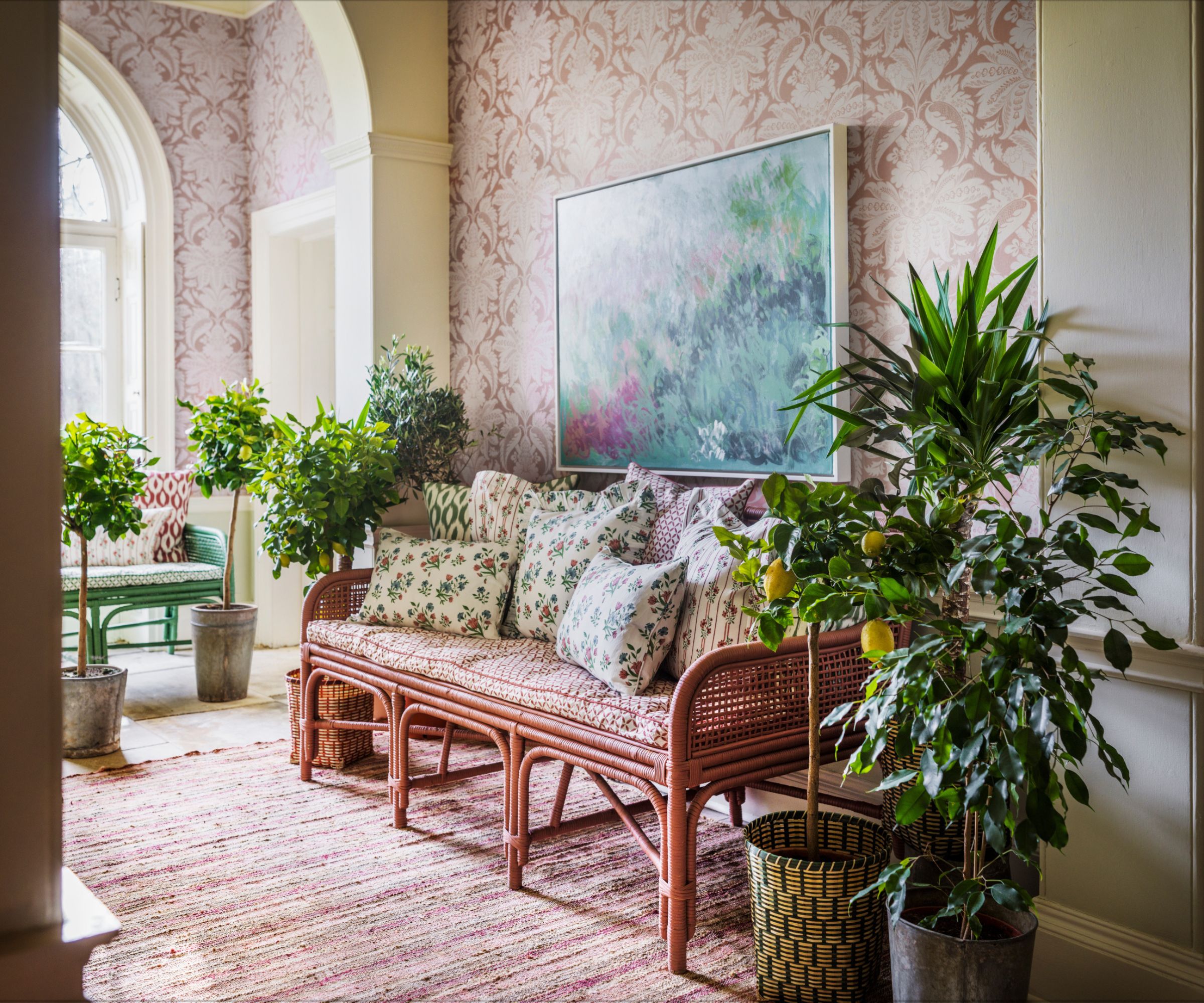

Rattan has been having a ‘moment’ for a while now which is great news for interiors. Not only is it stylish but it’s also lightweight, hard-wearing and can be painted, lacquered or left in its natural state.
Lots of current rattan pieces hark back to the 1960s and '70s and use rattan in natural tones ranging from very pale to rich and golden. With so much rattan on the market at the moment why not shake up this interior design trend with one of our new ways to style this incredible material?
One of the best things about rattan is its versatility and the fact that it’s no longer seen as exclusively beachy or informal. Some of our favorite looks this year have incorporated rattan in unexpected ways. We’ve paired painted rattan furniture with polished antiques, used it in highly formal settings and styled it outside to an interior-worthy level.
1. Use rattan in different colors and finishes
Natural rattan is everywhere but have you thought about shopping for painted or dyed rattan? Choosing a color over a natural finish is one of the easiest ways to create a completely different look with this material that’s still totally on trend.
Using furniture in a strong tone is particularly useful in the garden where there’s often lots of color to compete with already. Style chairs, sofas and tables in the same tone or mix and match if you’re feeling bold.
For a fun interior look choose one or two pieces of rattan furniture in a statement tone to pull a scheme together. We used a pink rattan sofa to breathe new life into this traditional hallway.
Even though the damask wallpaper in the space above is quite a strong color, the space still felt dreary with its exposed stone flags and lofty dimensions. Adding a coordinating rug, seat pad and printed cushions instantly warmed up the room and made the statement sofa sing. Leafy, tropical plants and a large-scale painting completed the look.
Crucially the space is still true to its Georgian origins but now feels inviting and contemporary, with the rattan sofa pulling the look together.
2. Put rattan in the mix
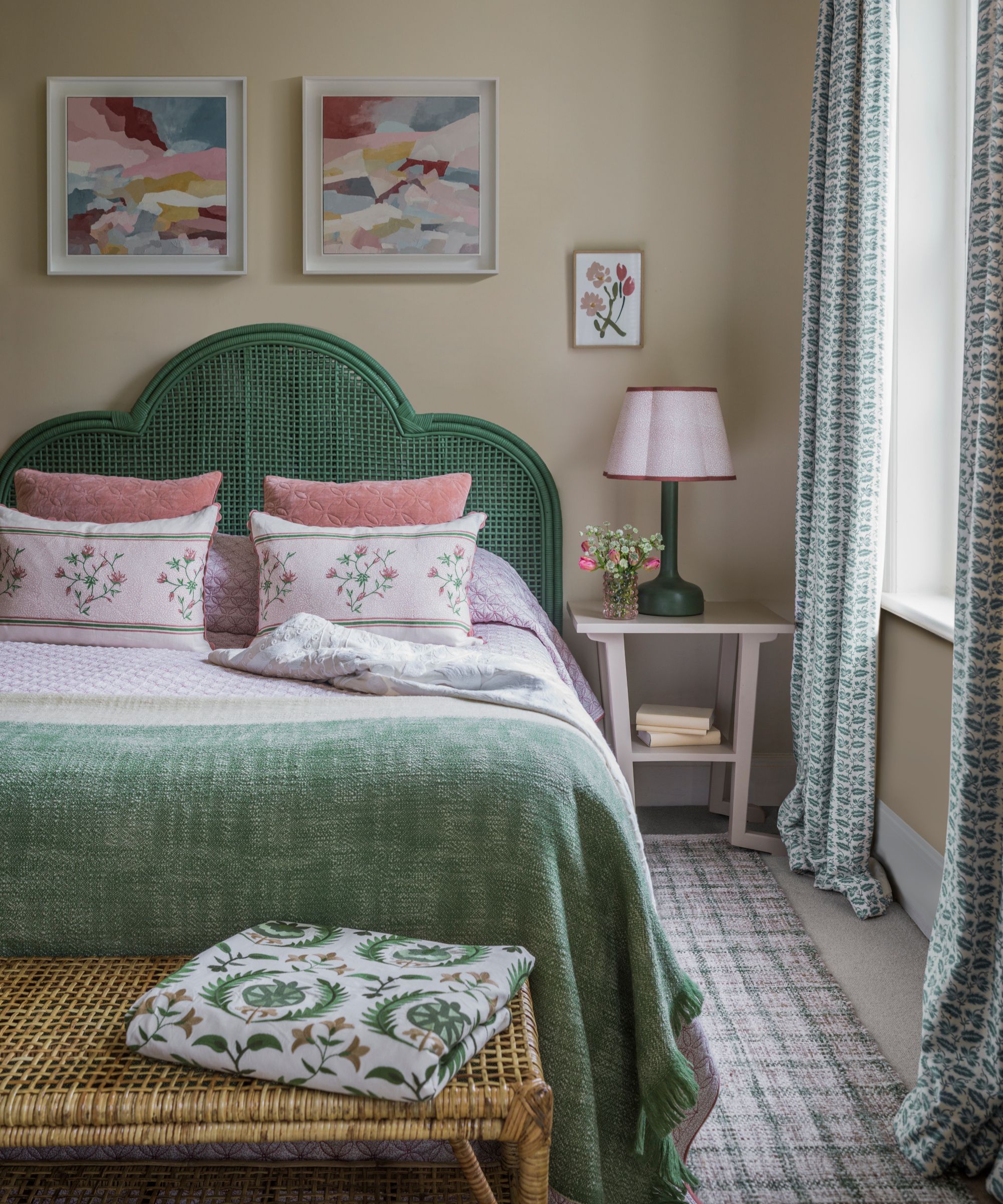
One of our favorite ways is to use rattan furniture mixed in with other pieces. Polished antiques and painted vintage items work surprisingly well combined with rattan and create an eclectic look with lots of personality.
Try adding a rattan headboard idea to a bedroom for a look that feels fresh and contemporary. Choose a natural or painted finish to suit your scheme and add in plenty of other textures to balance out the weave.
3. Layer prints on to rattan
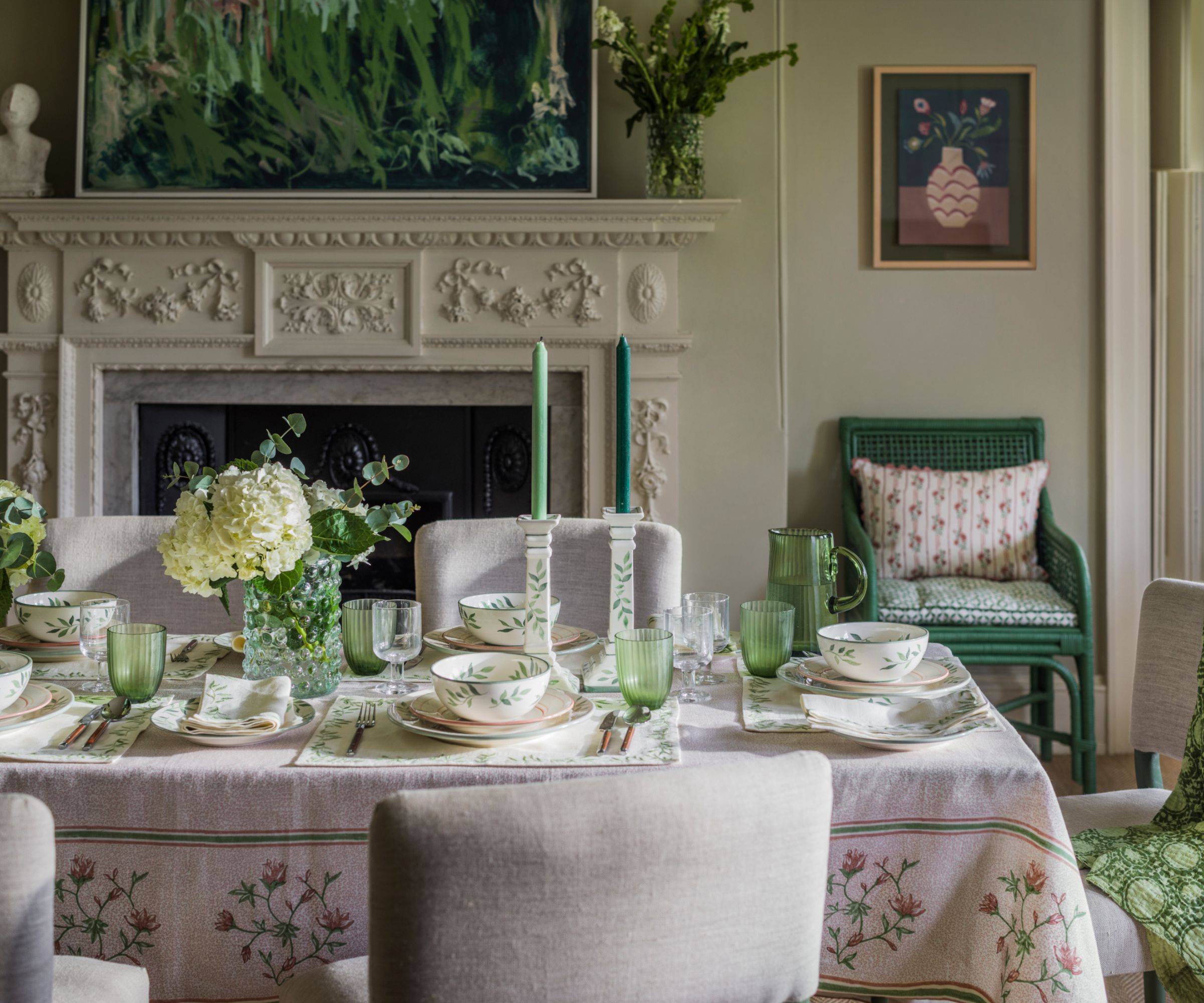
Layered prints also work very well against woven finishes and it’s often easier to achieve the pattern on pattern look in schemes with strong textural elements.
Sometimes all you need to bring a room together is a single accent piece of rattan furniture. Rattan might not seem like the obvious choice for this very formal dining room, but actually the strong color was exactly what was needed to anchor all of the different verdant tones.
With very few polished finishes in the space, the woven texture of the chair was a much better choice than a plain alternative.
4. Choose rattan for stylish looks outdoors
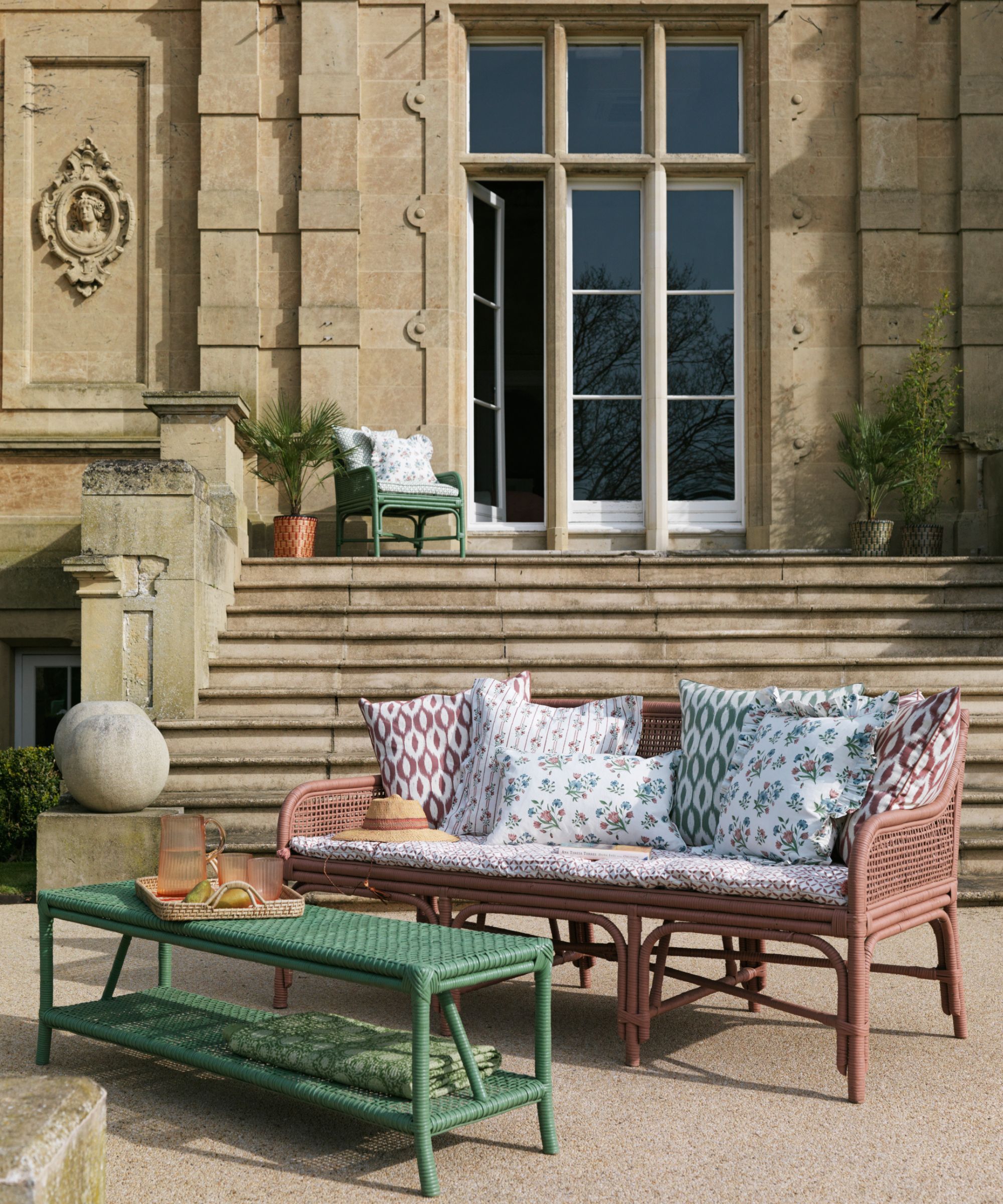
For a long time outdoor furniture has been seen as secondary to interior pieces and perhaps not given the attention it deserves. Beautifully arranged outdoor dining ideas or outdoor seating ideas can make a huge difference to the way a space is used.
It also considerably expands a home’s living area and allows for much more flexibility in good weather. So why not bring a little of the indoors out with interior-worthy furniture that can be used anywhere?
Rattan is the perfect choice for backyards whether you’re adding a single sofa or an entire dining set. Go for abundant arrangements that are practical as well as stylish. Add a table next to a chair, pair a couch with matching armchairs or add a coffee table to a seating area.
Sign up to the Homes & Gardens newsletter
Design expertise in your inbox – from inspiring decorating ideas and beautiful celebrity homes to practical gardening advice and shopping round-ups.

Birdie’s creative journey started when she worked at Percy Bass, an interiors shop and design service on Walton Street. Birdie then went on to join Imogen Taylor’s team at Sibyl Colefax & John Fowler’s old premises in Mayfair. Many buying trips later and with a decorative antiques course from the V&A Museum under her belt, Birdie decided to set up her own antiques business. Establishing the business in Norfolk in 2014, Birdie initially focused on sourcing homeware from Scandinavia, pieces that weren’t easily found in the UK, before creating her own designs. Birdie writes for Homes & Gardens about interior design.
-
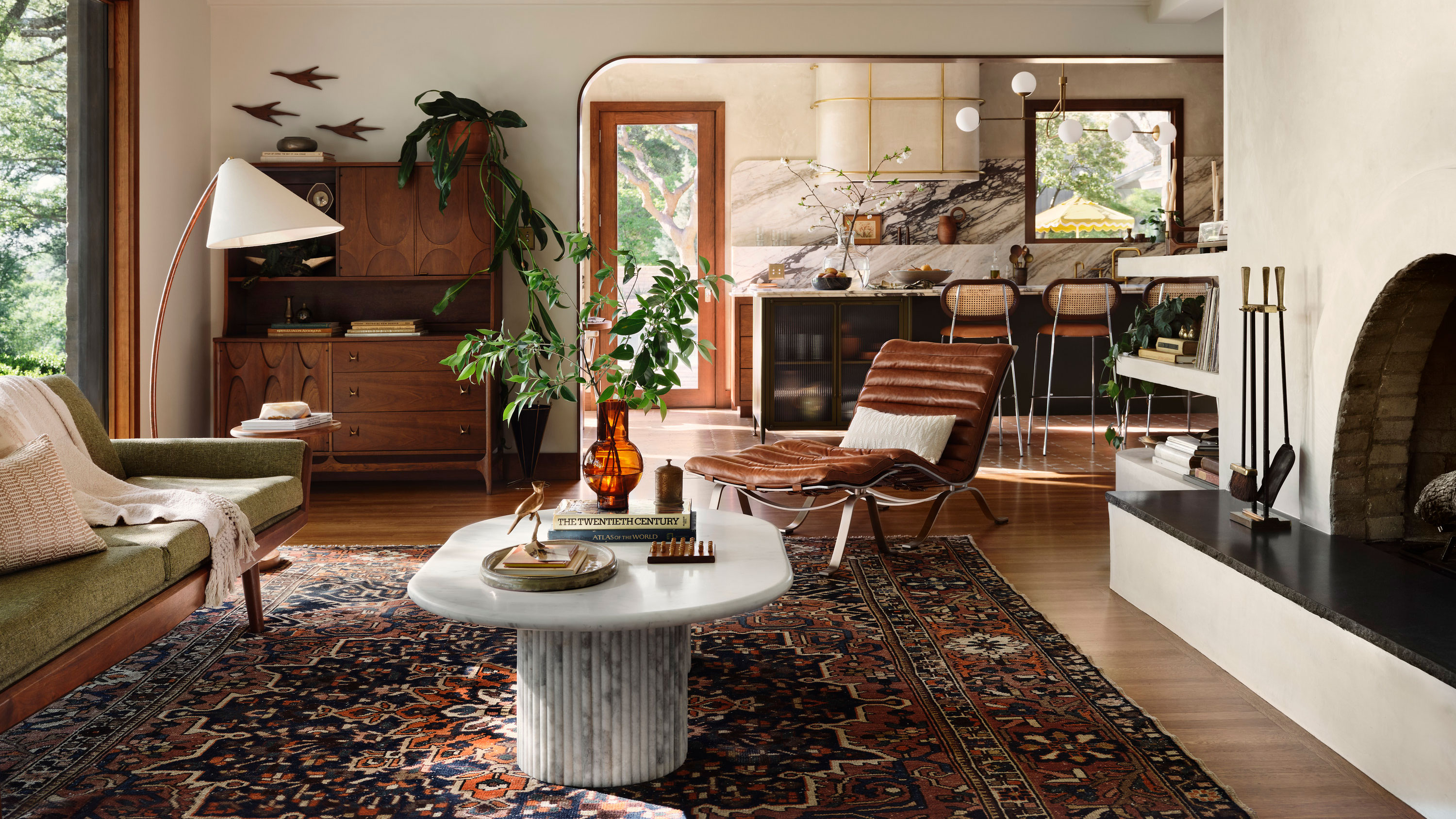 I struggled for 10 years to redesign my living room until I saw Joanna Gaines's 'quiet luxury masterpiece' – she's totally reinvented '50s style
I struggled for 10 years to redesign my living room until I saw Joanna Gaines's 'quiet luxury masterpiece' – she's totally reinvented '50s styleI was never a fan of '50s style until I saw this perfect room
By Jennifer Ebert
-
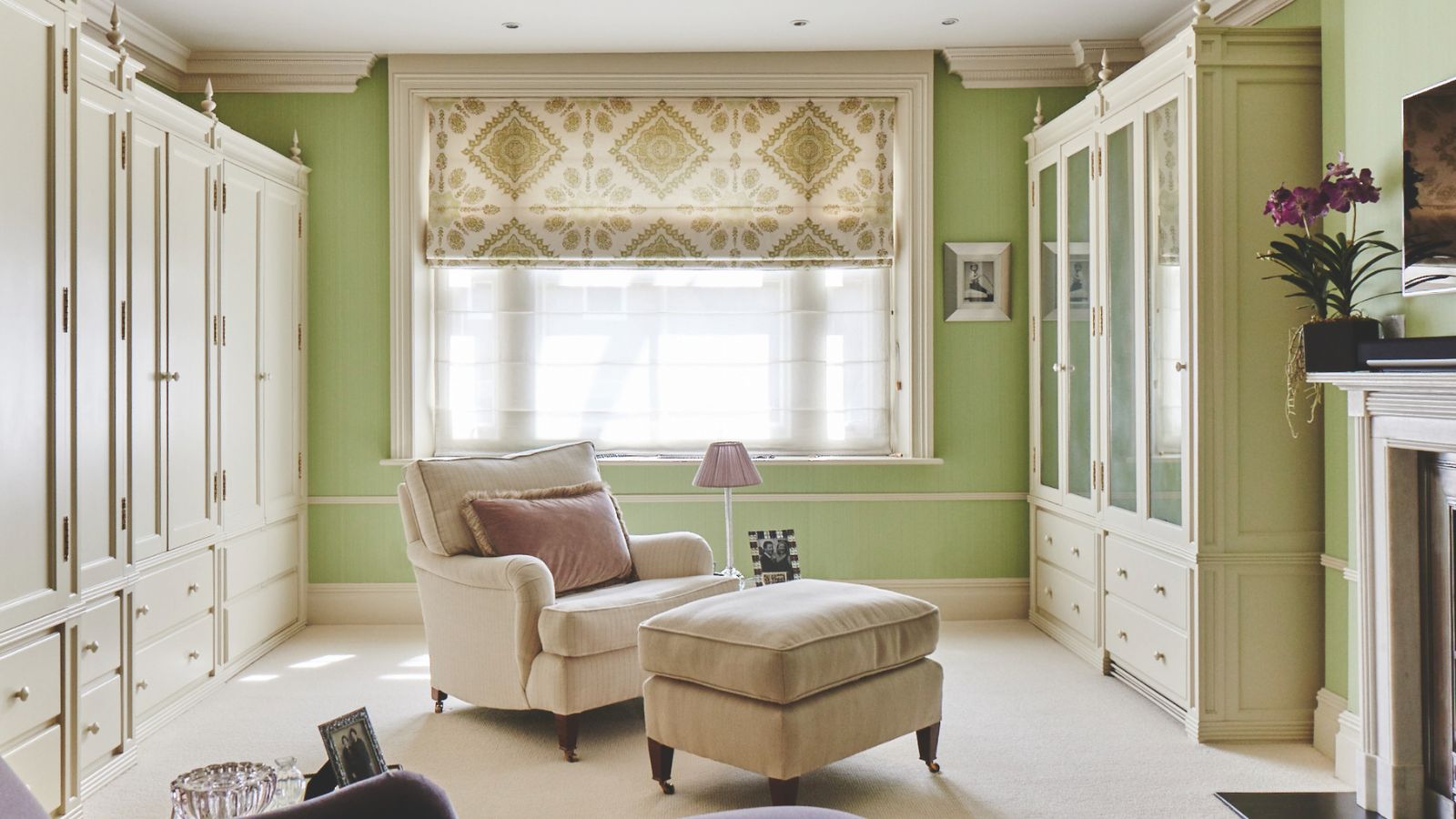 7 expert-approved painting hacks to minimize clean up – to make an already exhausting task easier
7 expert-approved painting hacks to minimize clean up – to make an already exhausting task easierAvoid a backbreaking clean-up after your next painting project with advice from the professionals
By Chiana Dickson